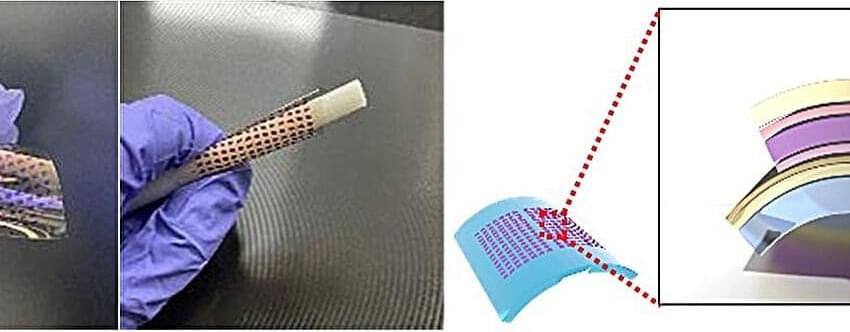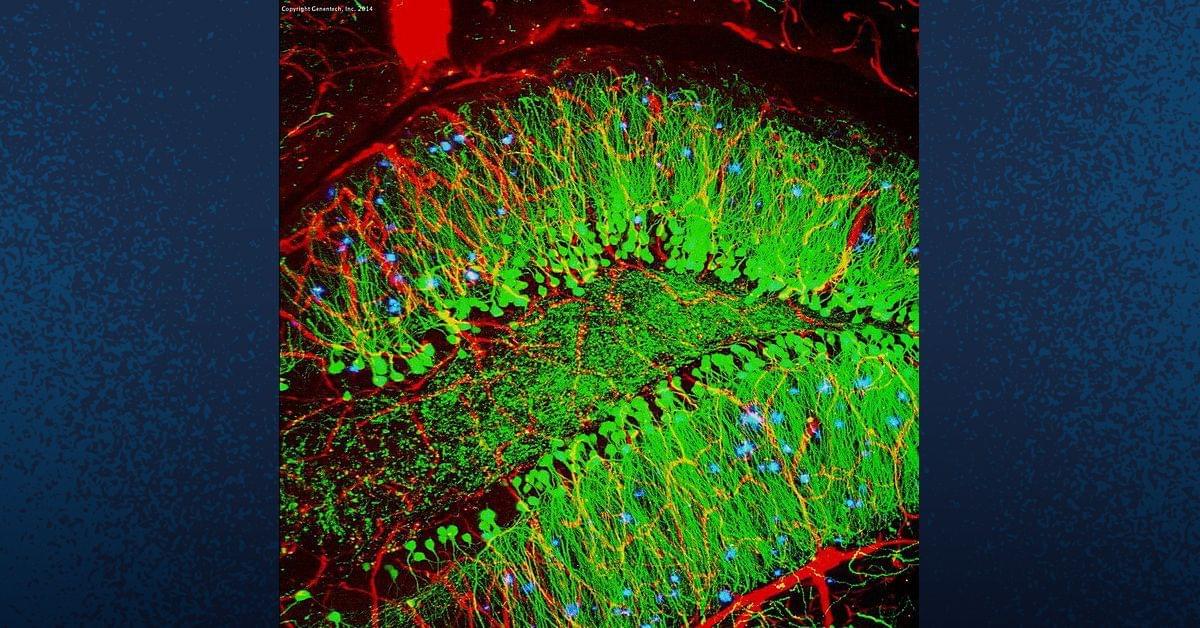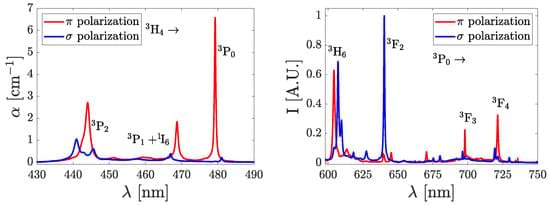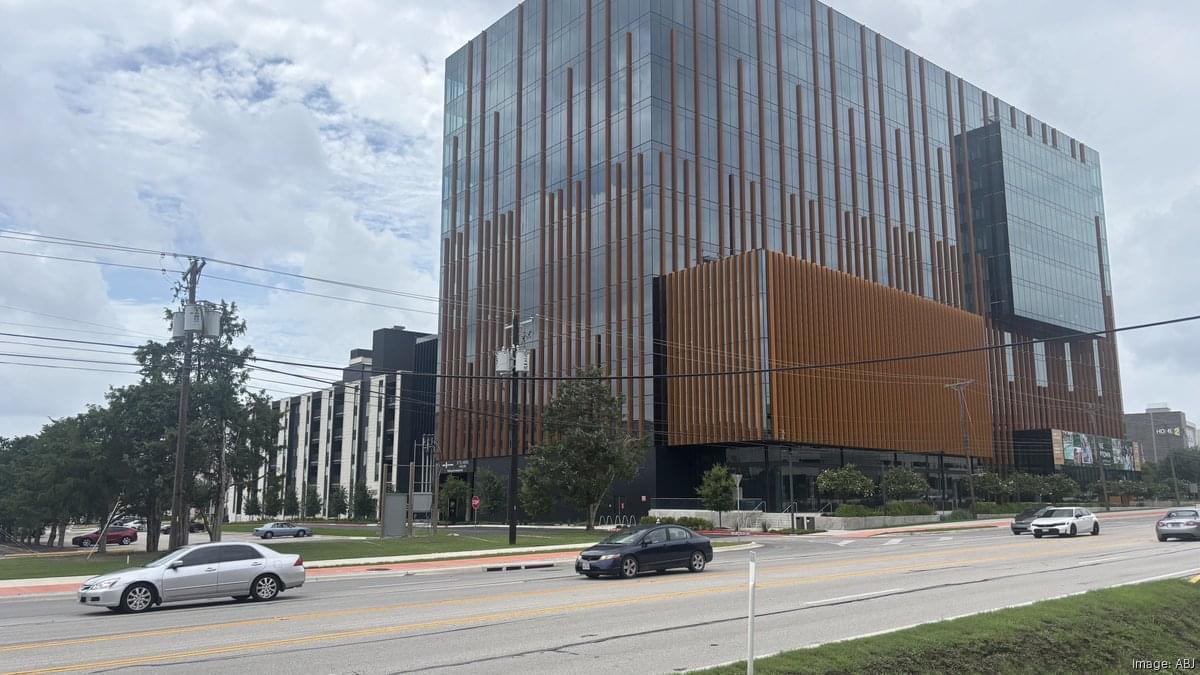Congress and the FDA are pushing pharmaceutical companies to replace animals with technology for drug research. That’s a long way off, but startups and industry stalwarts are working to make it happen.



This week’s Fish Fry is all about AI inference, NPUs and the Tensilica NeuroEdge 130 AI Co-Processor! My guest is Amol Borkar from Cadence Design Systems and we are chatting about the latest trends in AI inferencing, why there is a greater need now for AI co-processors than ever before and the multitude of benefits that the Tensilica NeuroEdge 130 AI Co-Processor can bring to your next design.

Robots excel at many things, but having a good sense of touch is not among them. Whether dropping items or pinching them too tightly, which crushes the object, many robots struggle with these basic skills that humans have mastered.
Over the years, scientists have equipped robots with cameras and other tools that enable the machines to better sense objects. But a simple and cost-effective solution remains elusive.
A new electronic textile (E-textile), under development at the University at Buffalo, aims to address this problem. The technology, described in a study published July 30 in Nature Communications, mimics how nerves in our hands sense pressure and slipping while grasping objects.

Dr. Jung-Dae Kwon’s research team at the Energy & Environmental Materials Research Division of the Korea Institute of Materials Science (KIMS) has successfully developed an amorphous silicon optoelectronic device with minimal defects, even using a low-temperature process at 90°C. The findings are published in the journal Advanced Science.
Notably, the team overcame the limitations of high-temperature processing by precisely controlling the hydrogen dilution ratio—the ratio of hydrogen to silane (SiH4) gas—enabling the fabrication of high-performance flexible optoelectronic devices (sensors that detect light and convert it into electrical signals).
Flexible optoelectronic devices are key components of next-generation electronic devices, such as wearable electronics and image sensors, and require the precise deposition of thin films on thin, bendable substrates. However, a major limitation has been the necessity of high-temperature processing above 250°C, making it difficult to apply these devices to heat-sensitive flexible substrates.


Someone posted this, and reminded me I didn’t Researchers at University of California San Diego School of Medicine have developed a gene therapy for Alzheimer’s disease that could help protect the brain from damage and preserve cognitive function. Unlike existing treatments for Alzheimer’s that target unhealthy protein deposits in the brain, the new approach could help address the root cause of Alzheimer’s disease by influencing the behavior of brain cells themselves.
Alzheimer’s disease affects millions of people around the world and occurs when abnormal proteins build up in the brain, leading to the death of brain cells and declines in cognitive function and memory. While current treatments can manage symptoms of Alzheimer’s, the new gene therapy aims to halt or even reverse disease progression.
Studying mice, the researchers found that delivering the treatment at the symptomatic stage of the disease preserved hippocampal-dependent memory, a critical aspect of cognitive function that is often impaired in Alzheimer’s patients. Compared to healthy mice of the same age, the treated mice also had a similar pattern of gene expression, suggesting that the treatment has the potential to alter the behavior of diseased cells to restore them to a healthier state.
By reprogramming brain cells, a new gene therapy approach for Alzheimer’s developed by UC San Diego researchers could address the root cause of the disease to halt its progression.
Paris, France, Cambridge, USA, April 2nd, 2025 – TISSIUM, a privately-owned medtech company developing biomorphic programmable polymers for tissue reconstruction, is proud to unveil clinical data which were presented at the IFSSH Congress in Washington, D.C. on March 27, 2025, demonstrating the potential of its COAPTIUM® CONNECT System, an innovative atraumatic sutureless solution for peripheral nerve repair.
Peripheral nerve injuries pose a significant burden, often resulting in impaired nerve function, reduced dexterity, and decreased quality of life. Traditional microsurgical repair with sutures, while effective, presents challenges such as inconsistent functional recovery and the potential for additional nerve trauma. The need for disruptive technologies in nerve repair is clear—TISSIUM’s COAPTIUM® CONNECT System offers an innovative atraumatic sutureless method for coaptation of severed nerves.
Study Overview & Key Findings
A prospective, single-arm study was conducted in patients with digital nerve injuries to assess the COAPTIUM® CONNECT System. The trial enrolled 12 patients, of whom 10 completed the entire 1-year follow-up duration.
Since ChatGPT’s late 2022 launch, everyday people have formed emotional connections to chatbots, describing them as deep friendships and even life partnerships.

In crystalline materials, the fabrication of optical waveguides by femtosecond laser irradiation is not as easy as in glasses [7] because, in many cases, it is not possible to produce a refractive index increase, able to directly confine and guide light along a certain trajectory. On the contrary, the most typical situation is that the refractive index of the crystal is decreased by the effect of the high intensity of the laser, but even in those cases it can be used anyway to design efficient waveguides [22].
In our study, we designed and fabricated waveguides with different configurations and geometries in the search for the best performance, helping us to understand the confinement mechanisms in Pr: LLF. The following waveguide types were tested:
